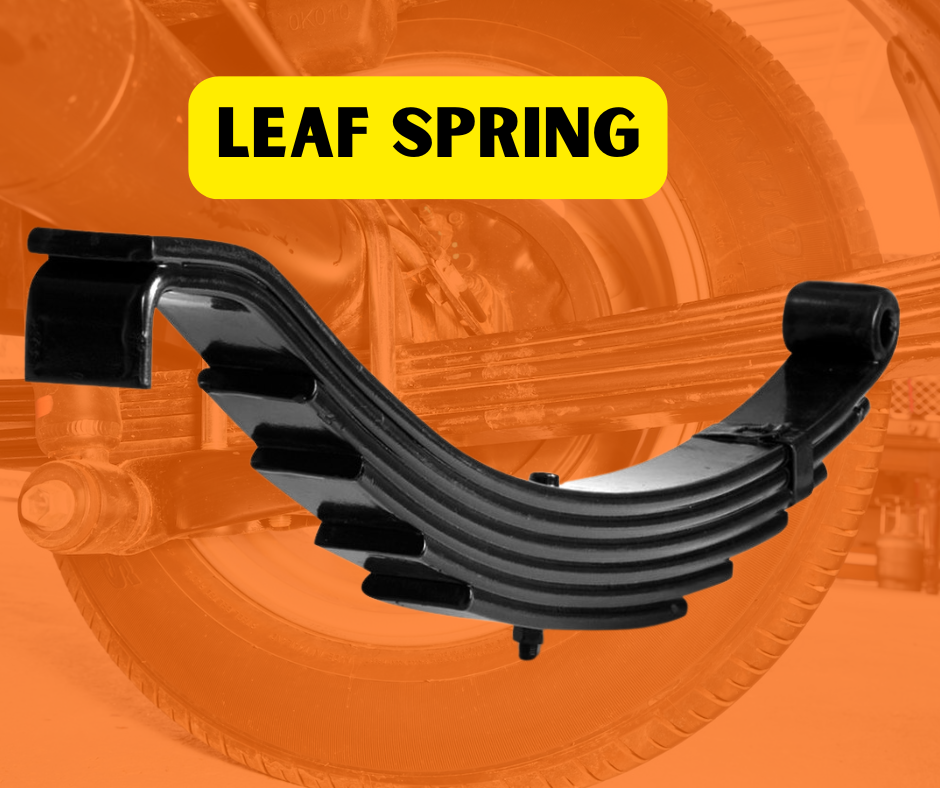Understanding the Function of a Leaf Spring in Vehicles

Explore the crucial role leaf springs play in vehicle suspension systems, enhancing both performance and durability.
What is a Leaf Spring and How Does it Work?
A leaf spring is a simple form of suspension consisting of multiple layers of metal, usually steel, which are bound together to act as a single unit. The leaf spring is typically mounted to the axle and the vehicle's frame, providing support and helping to absorb shocks from the road.
When a vehicle travels over a bump or dips in the road, the leaf spring flexes, which helps to absorb the impact and maintain the vehicle's stability. This flexing action also helps to distribute the load more evenly across the axle, contributing to a smoother ride.
Comparing Leaf Springs with Other Suspension Components
Leaf springs are often compared to other suspension components like coil springs and shock absorbers. While coil springs provide a more compact and lighter suspension system, leaf springs are known for their durability and ability to handle heavier loads.
Shock absorbers, on the other hand, work in conjunction with springs to dampen the oscillations caused by road irregularities. Unlike leaf springs, shock absorbers do not support the vehicle’s weight but rather control the movement of the springs, reducing the bouncing effect.
The Evolution of Leaf Spring Design in Automotive History
Leaf springs have been used in vehicle suspension systems for centuries, dating back to horse-drawn carriages. The design has evolved significantly over time, with modern leaf springs incorporating advanced materials and manufacturing techniques to enhance their performance.
Early leaf springs were simple, single-leaf designs, but over time, multi-leaf configurations became more common. Innovations such as parabolic leaf springs, which have a tapered thickness, have further improved the efficiency and ride quality of these components.
Key Benefits of Using Leaf Springs in Vehicles
One of the primary benefits of leaf springs is their ability to support heavy loads, making them ideal for trucks and commercial vehicles. Their robust construction and straightforward design also contribute to their longevity and low maintenance requirements.
Additionally, leaf springs provide excellent stability and load distribution, which enhances vehicle control and safety. Their simplicity and effectiveness make them a cost-efficient solution for many automotive applications.
Maintenance Tips for Leaf Springs to Ensure Optimal Performance
Regular inspections are crucial to maintaining the performance of leaf springs. Look for signs of wear, such as cracks, corrosion, or sagging. Ensuring that the leaf springs are clean and free from debris can also prevent premature wear.
Lubricating the leaf springs periodically can reduce friction and extend their lifespan. Additionally, checking and tightening the mounting bolts and brackets can prevent issues related to alignment and stability. Proper maintenance can significantly enhance the durability and performance of leaf springs.

 Loading..
Loading..